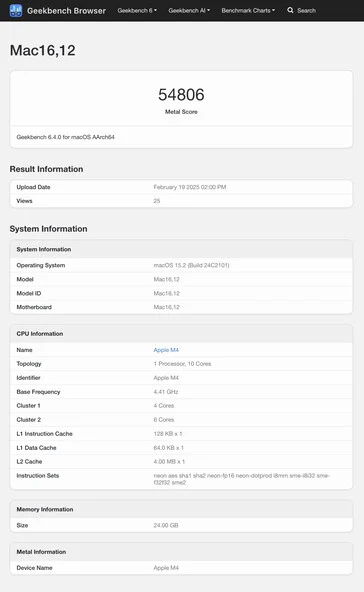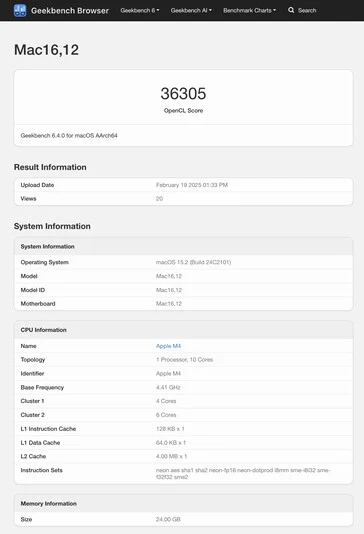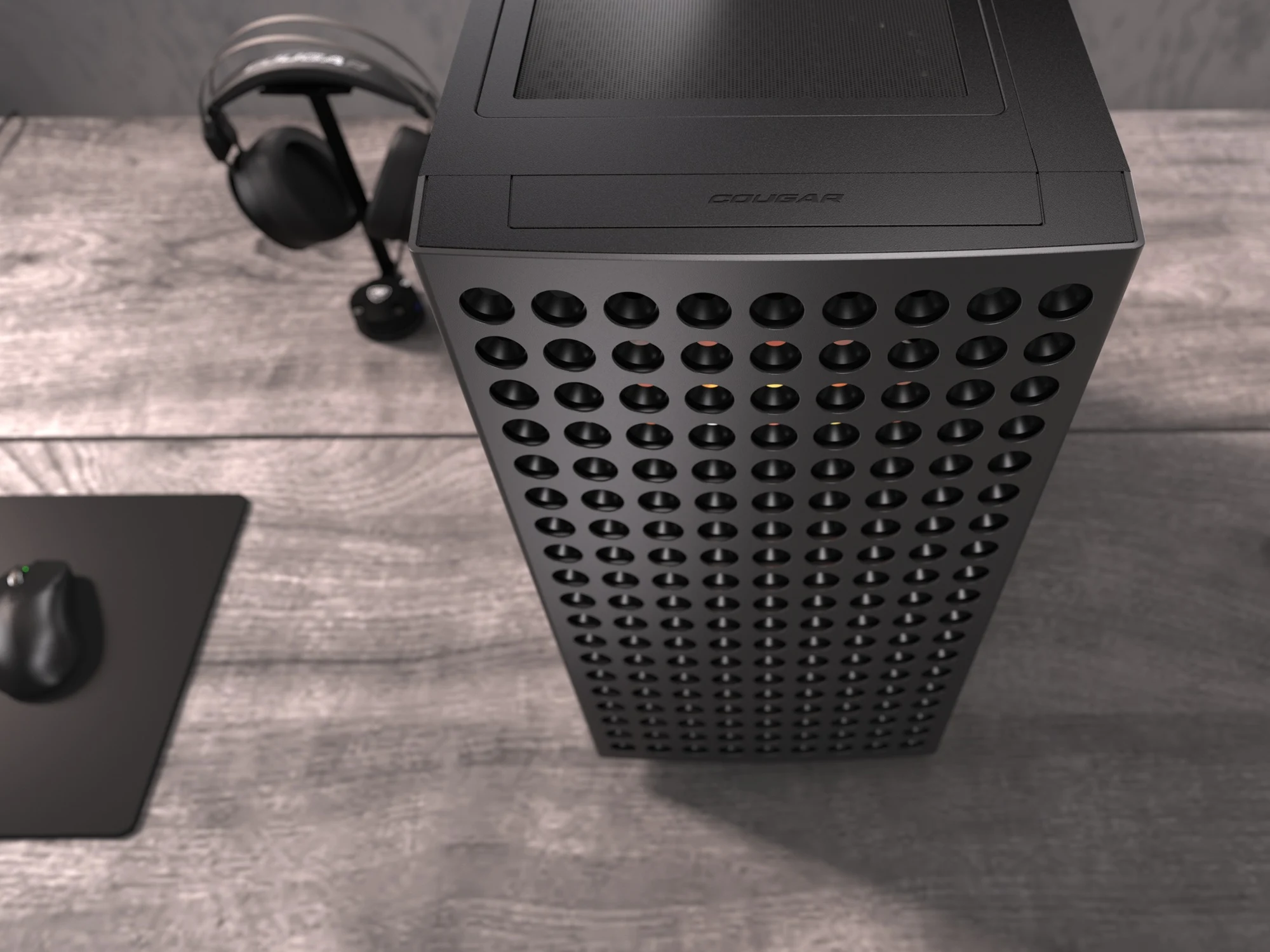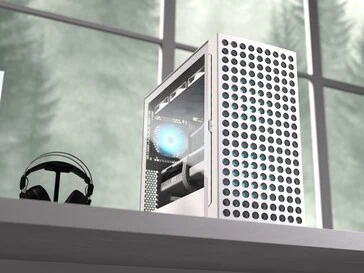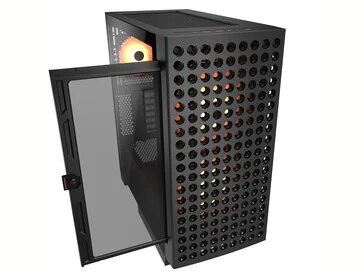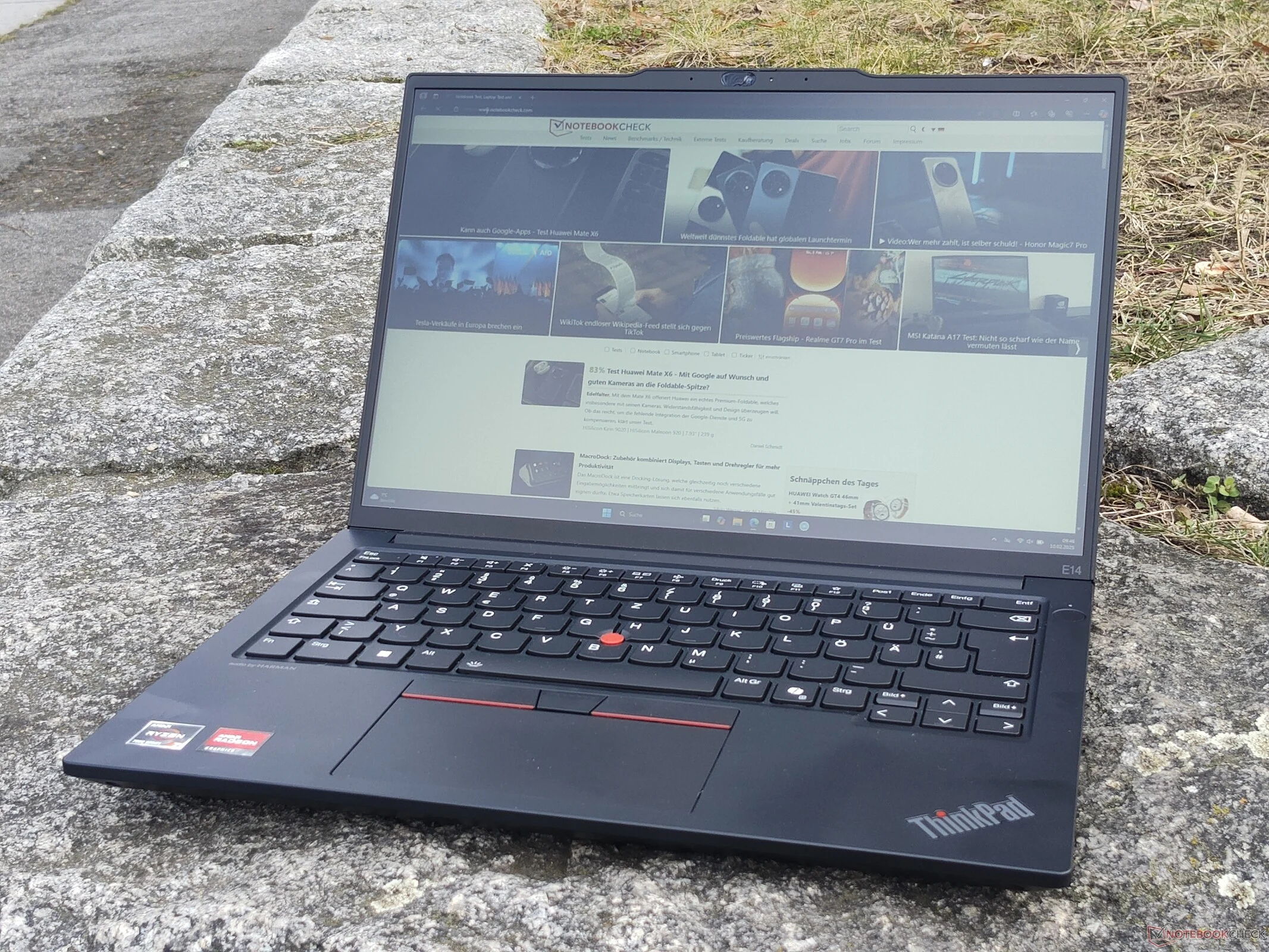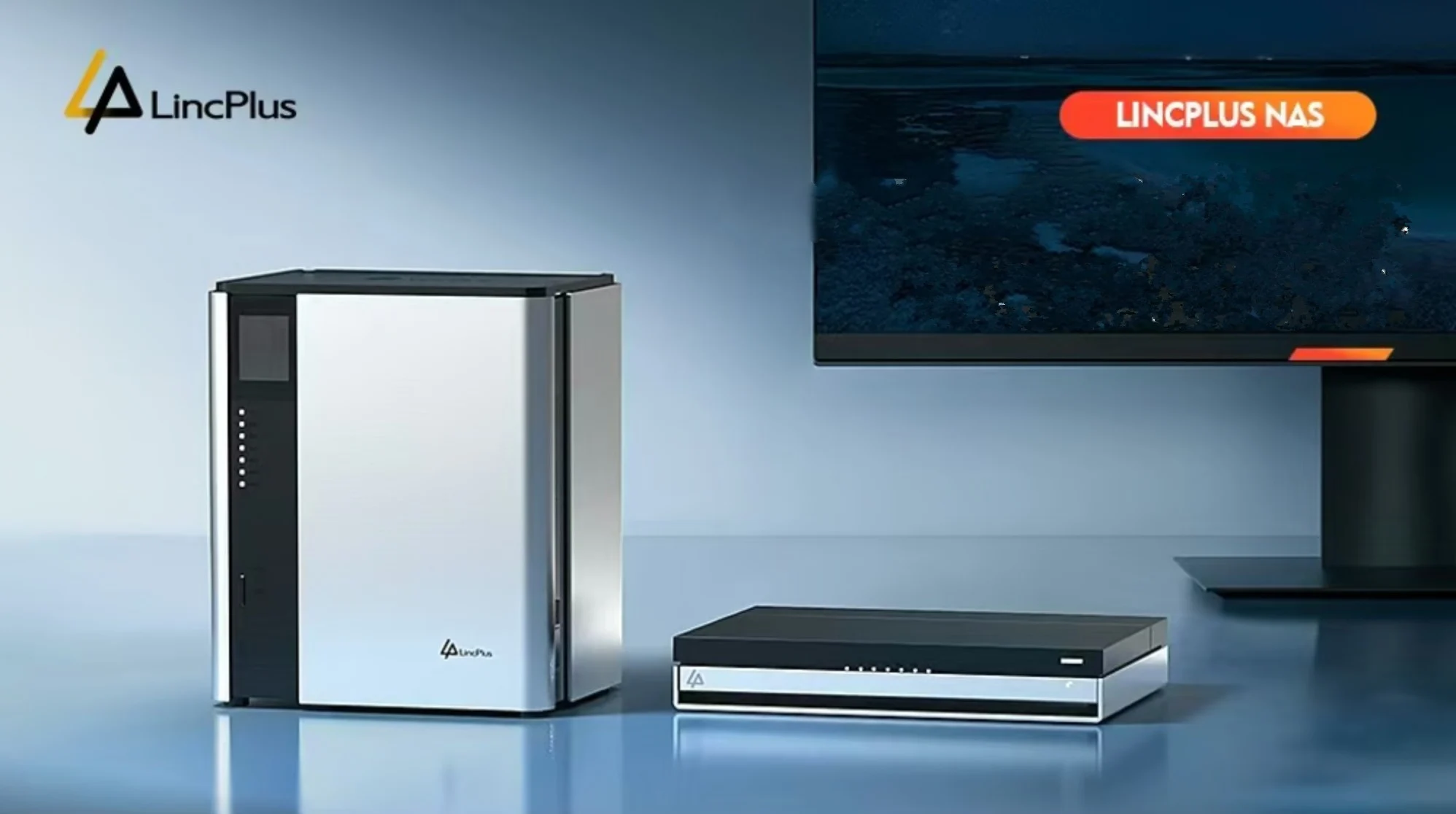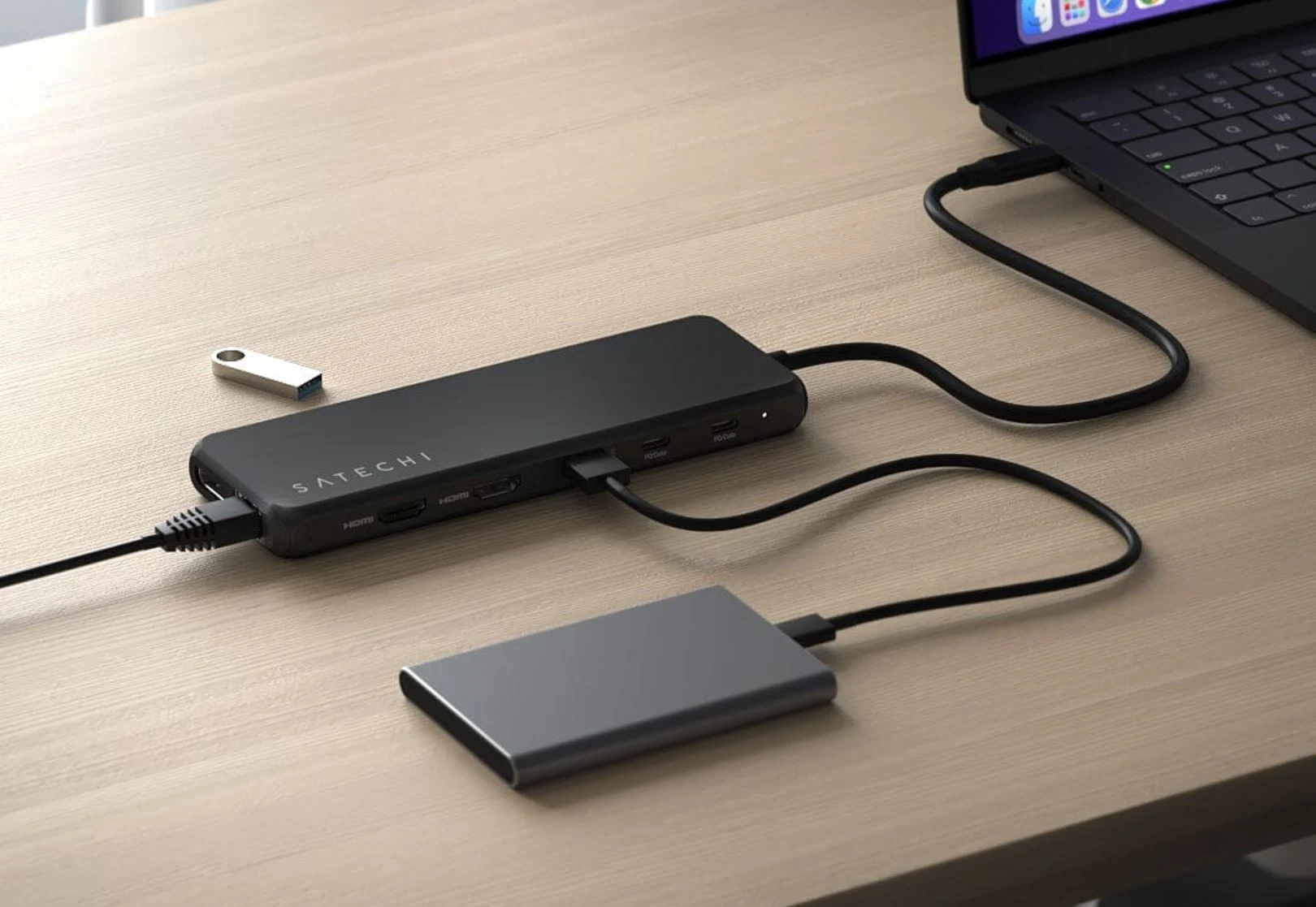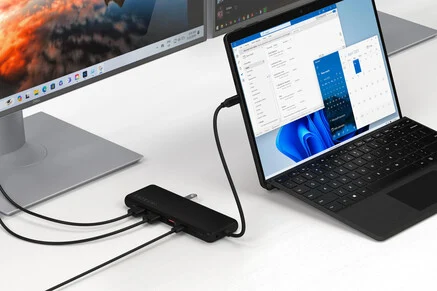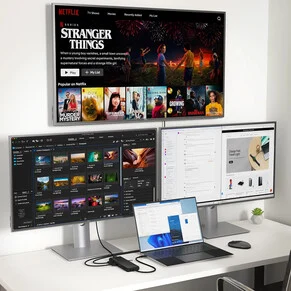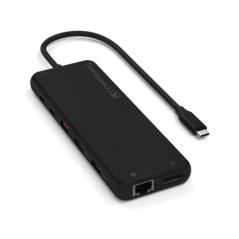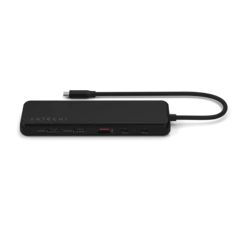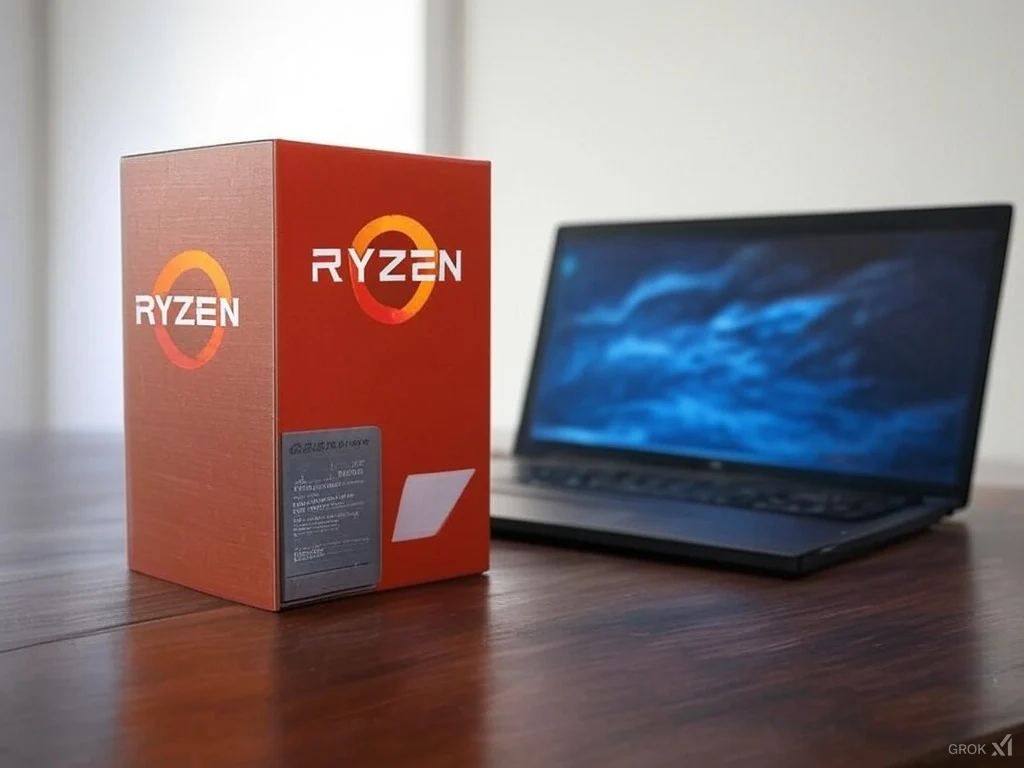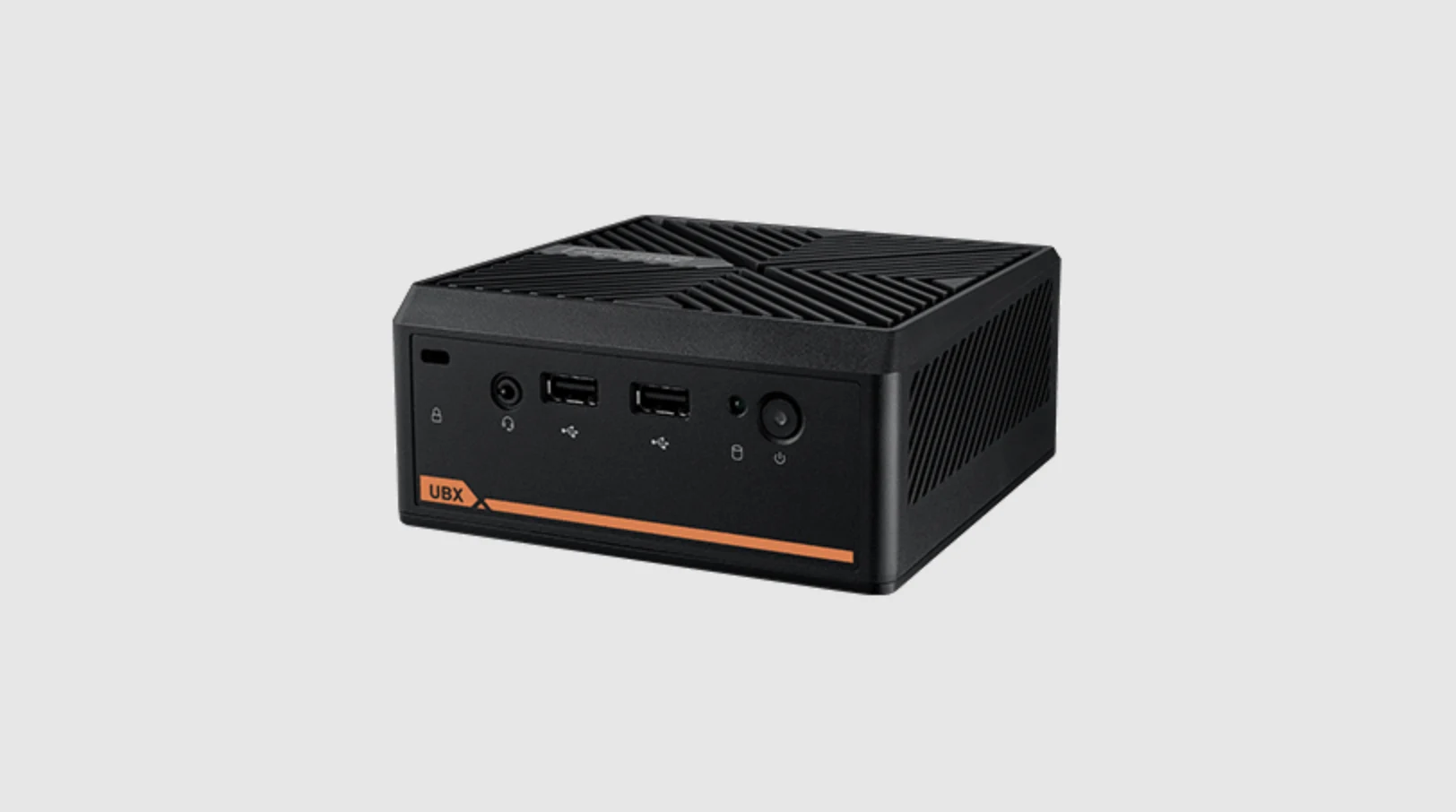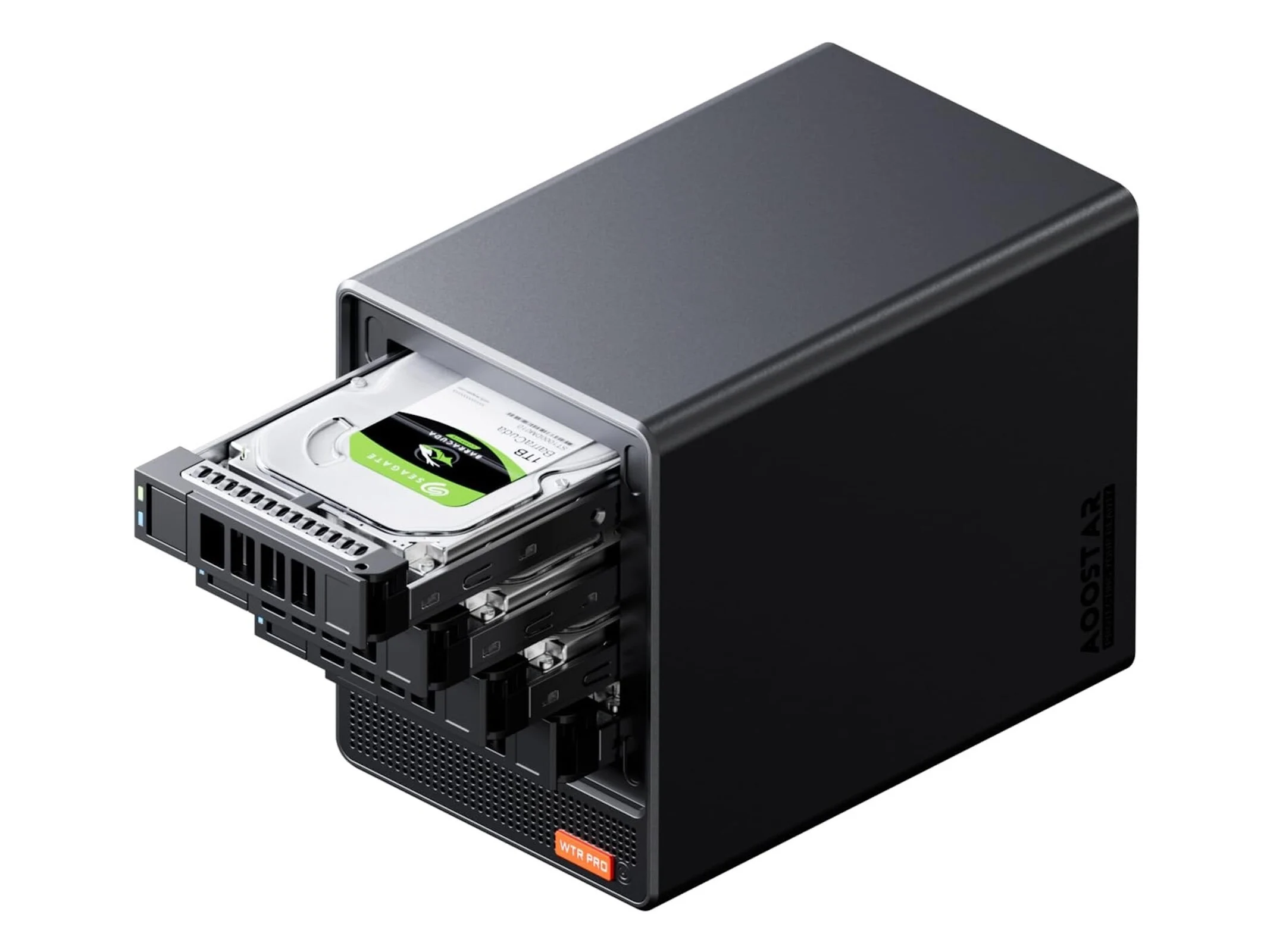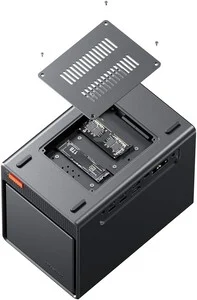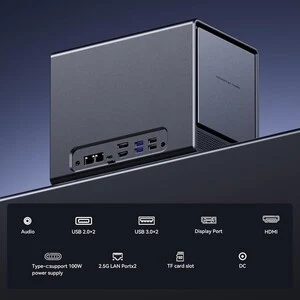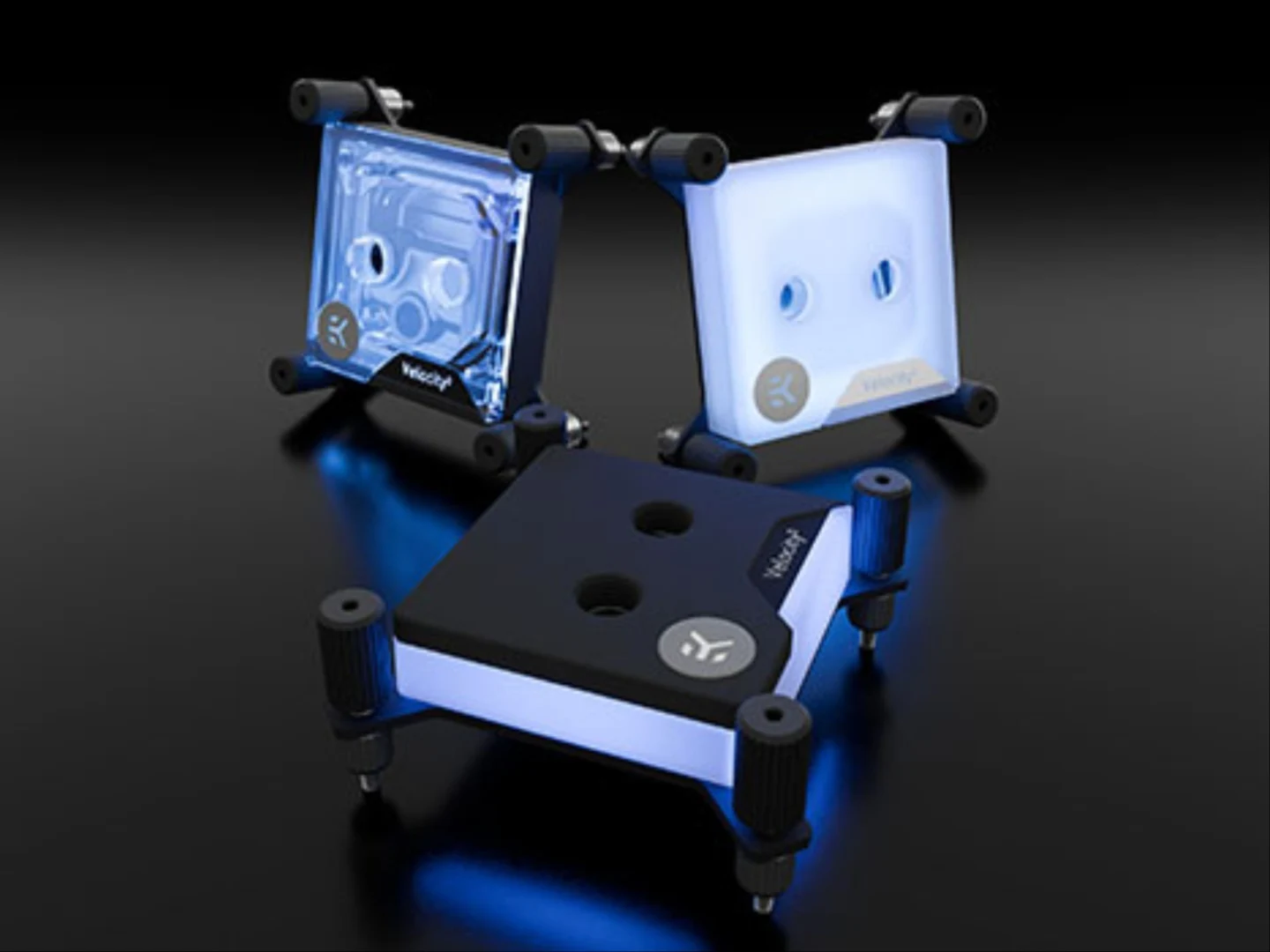Key Takeaways
1. Apple is expected to update the MacBook Air 13 and 15 models by spring, with March as a possible launch month.
2. The upcoming MacBook Air models are identified as ‘Mac16,12’ for the 13-inch and ‘Mac16,13’ for the 15-inch in macOS Sequoia 15.2.
3. The new MacBook Air is likely to feature a 10-core Apple M4 SoC, with potential GPU performance limitations due to its fanless design.
4. Early benchmark results show the MacBook Air 13 performing about 5% lower than median results for other M4 devices.
5. The difference in performance between the M3 and M4 models is modest, with only a 10% variation in GPU benchmarks.
Apple is likely to update the MacBook Air 13 and MacBook Air 15 (currently priced at $1,099 on Amazon) by springtime, with March being hinted as a potential launch month. In this context, the unreleased ‘Mac16,12’ has shown up on Geekbench, running macOS Sequoia 15.2. Interestingly, this version of macOS also included mentions of the upcoming MacBook Air models.
Model Identification
Geekbench doesn’t refer to the Mac by its market name. However, macOS Sequoia 15.2 confirmed back in December that Mac16,12 is linked to the next MacBook Air 13. In contrast, ‘Mac16,13’ stands for the MacBook Air 15 model number.
Performance Insights
The two Geekbench entries that have appeared thus far suggest that Apple has outfitted the new MacBook Air with a 10-core variant of its Apple M4 SoC instead of the 8- or 9-core options. These listings also imply that the fanless design might limit GPU performance in certain situations.
As usual, it’s wise to approach early benchmark results with a healthy dose of skepticism for now. The MacBook Air 13 that was benchmarked shows about a 5% deficit compared to the median Geekbench OpenCL and Geekbench Metal results we’ve collected so far for the M4 versions of the Mac mini and MacBook Pro 14.
Comparison with Previous Models
On the other hand, we didn’t notice any significant performance differences while testing the M3 versions of the MacBook Air or MacBook Pro. Furthermore, there is only about a 10% difference seen between M3 and M4 in GPU benchmarks. Therefore, we believe that the M4 and its 10-core GPU could perform better in a fanless setup than what the benchmark results indicate below.
Source:
Link
